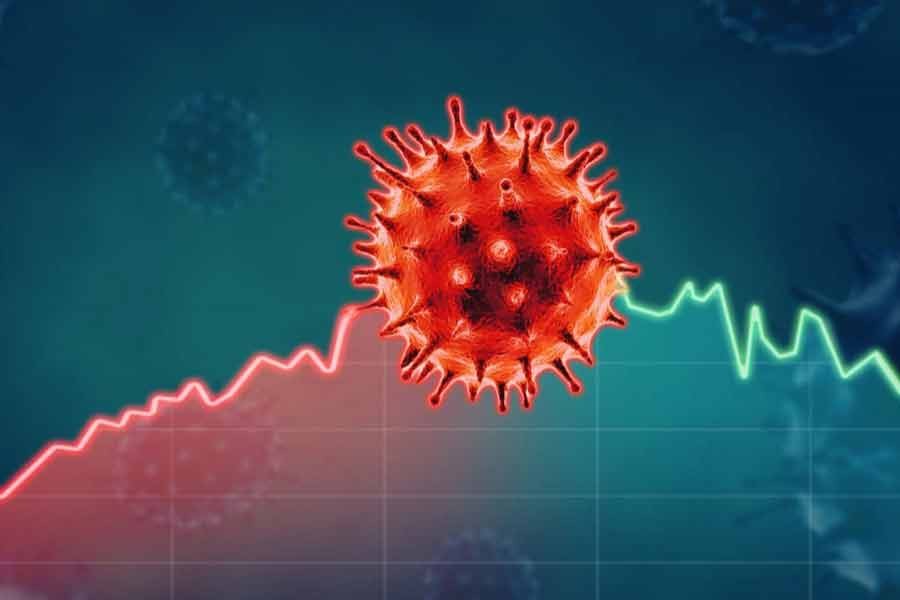COVID-19 as a global pandemic has not only affected infections and deaths but has also caused chaos in the global economy. COVID-19 has the power to abolish personal life, finance, market, industries, and whole economies. Numerous researchers had conducted the COVID-19 forecasting model. The logistic and machine learning model is utilized to forecast the trend of the COVID-19 pandemic in Brazil, Russia, India, Peru, and Indonesia. The Boltzmann function had been implemented to forecast the rate of COVID-19 cases in Brazil. The COVID-19 pandemic in Egypt had been predicted by applying nonlinear autoregressive artificial neural networks. The measurement of the death impact of COVID-19 in Jakarta, Indonesia had been analyzed by using ARIMA. Yet, the study comparing forecasting models of COVID-19 case in Indonesia has not been conducted.
The Novel Corona Virus (COVID-19) data is obtained from https://ourworldindata.org/coronavirussource-data. There are 80 daily datasets from March 27, 2020, until June 14, 2020. In this study, the data set will be grouped into two groups, train and test dataset. Based on previous research, the optimal ratio of dataset is 3:1, for training and testing, respectively. Stationary data is created through the differencing process. The stationary data is the primary assumption in the classical forecasting model (exponential smoothing, moving average, ARIMA, etc). It has constant statistical properties, so it can be predicted easily. The ACF plot will rapidly close to zero in stationary. However, the researcher struggled to reach a stationary level even though there is no exact stationary level.
The implementation of four models has been evaluated in this study to forecast the COVID-19 confirmation case in Indonesia. The forecasting results are from May 26, 2020, until June 14, 2020. After that, the forecasting result will be evaluated with testing data set by using RMSE (Root Mean Squared Error). The smallest RMSE is the neural network. It means that the neural network has the most powerful model to forecast the confirmed case of COVID-19 in Indonesia. To optimize the fuzzy time series model, weighted fuzzy time series can be applied to forecast COVID-19 confirmed cases. Again, to extend the research about COVID-19, it is needed to add more data since the trend of the confirmed case is still going up.
This study aims to propose the model for predicting COVID-19 applying exponential smoothing, ARIMA, neural network, and fuzzy time series and comparing the performance for each model by using RMSE as an evaluation tool. In this study, the dataset had been classified into two groups which 75% and 25%, train and test dataset, respectively. This study stated that the neural network model has outperformed other models to forecast the confirmed case of COVID-19 in Indonesia.
Author: Tofan Agung Eka Prasetya, S.Kep., M.KKK.
Source:
Septiarini, T. W., Taufik, M. R., & Prasetya, T. A. E. (2021). A comparative forecasting model of COVID-19 case in Indonesia. Journal of Physics: Conference Series, 1918(4), 042020. https://doi.org/10.1088/1742-6596/1918/4/042020





